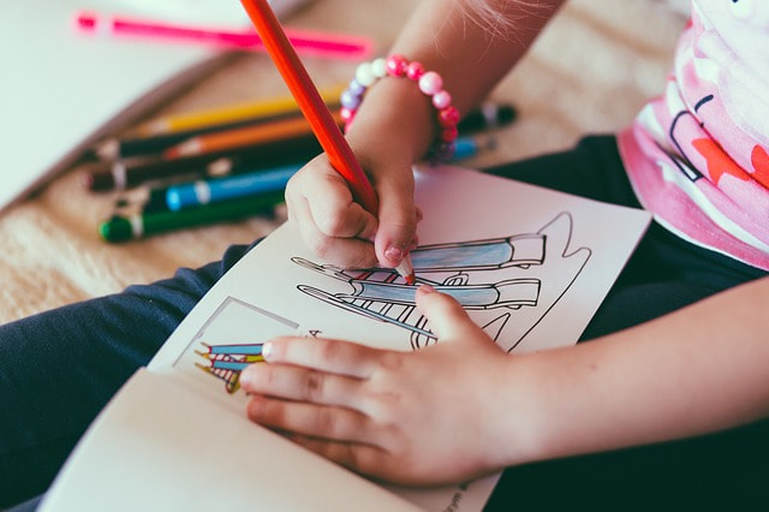|
Children are creators - they compose songs, bring their designs to life in drawings and modeling. Children enthusiastically listen to poems, fairy tales, music, look through pictures. In short, they show great interest in the perception of art! “Every child is an artist. The problem is how to remain an artist once we grow up” Pablo Picasso. A multifaceted, comprehensively developed personality is always highly valued. Therefore, to be simply educated is not enough, one must have a broad outlook, be able to think creatively, easily solve complex problems. Parents always strive for the child to grow up educated and intelligent. The child is taught languages, reading, writing, counting, and many more things. The left side of the brain is responsible for these actions. However, it is necessary to develop another hemisphere. Submerging the child in the world of arts: music, drawing, dancing, modeling, develops the right side of the brain. Art plays an important role in the upbringing of every child.
If a person did not experience creative activities during childhood, in adulthood, he experiences problems in communication: it is difficult for such person to find a proper place in life or, sometimes, even to create a family. That is why it is necessary to introduce the child to art at an early age. Perhaps the child will not connect his further life and profession with art, but in any case, his life will become more interesting. It used to be fashionable to introduce children to the history of art, to study painting, to get acquainted with music at a very young age. Now, it is a necessity. The relevance and popularity of such methods among parents is explained by the fact that modern society makes more demands of the person as a unique personality. Being educated is not enough. It is important to be able to think creatively and solve non-standard problems easily. Nowadays, it is vital to be a versatile person who has a broad outlook and own opinion. That is where acquaintance with art plays a crucial role. The positive impact of art on the development of a child Art as a form of reflection and assimilation of reality, a form of sensory cognition, which as an element of culture, influences the development of the personality, helps to manifest and flourish creative abilities.
Creative activities contribute to the formation of positive self-esteem and self-confidence. In the process of coming to know art, the child learns to observe, analyze, reflect, interpret and transfer the language of feelings and emotions into verbal form. The development of non-standard thinking, memory, speech, and attention experiences the dramatic impact as well. Art as an element of culture helps to broaden the horizons and get children acquainted with the cultural environment of the whole world. It is also a good helper in solving emotional or psychological problems. How to make art a part of a child's life? Let it be accessible to the child. Listen to music, dance, draw, sing! Do creative activities together. Start with what is interesting to you and the child will follow you. Organize an area where the necessary materials for creative activity will be stored: crayons, paints, pencils, brushes, albums, colored paper, glue, plasticine, etc. Select a shelf for books related to art and narrating about it. Read books about artists, musicians, architects, sculptors, and art objects. Discuss, ask questions, encourage the child to think and reflect. Try to visit museums, theaters, exhibitions, and concerts more often. Arrange a mini-exhibition of children's works at home. Create a special folder or a box for storing your child's artwork. Let the child see and feel that he is the creator and that close people appreciate it. This contributes to the formation of self-confidence and positive self-esteem. If you notice that the child is interested in a certain type of art, visit a thematic group dealing with this art, where he can learn more and acquire the necessary skills. Conclusion Getting acquainted with the world of art, a child learns to perceive the things around them, to see their beauty and acquire certain moral values and guidance. This contributes to a harmonious development of a personality. Therefore, the parents' task is to create conditions in which the child will be introduced to the masterpieces of world art, and will learn how to express their own thoughts and feelings creatively.
0 Comments
Leave a Reply. |
AuthorPhoenix Voyage Creative Team Archives
October 2019
Categories |


 RSS Feed
RSS Feed
